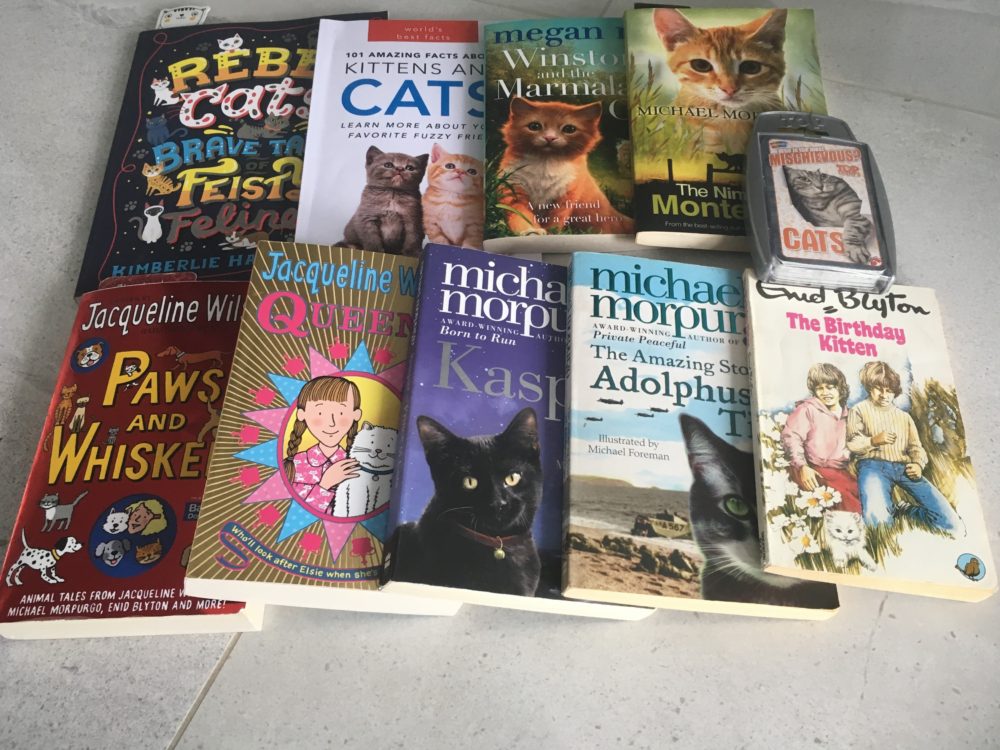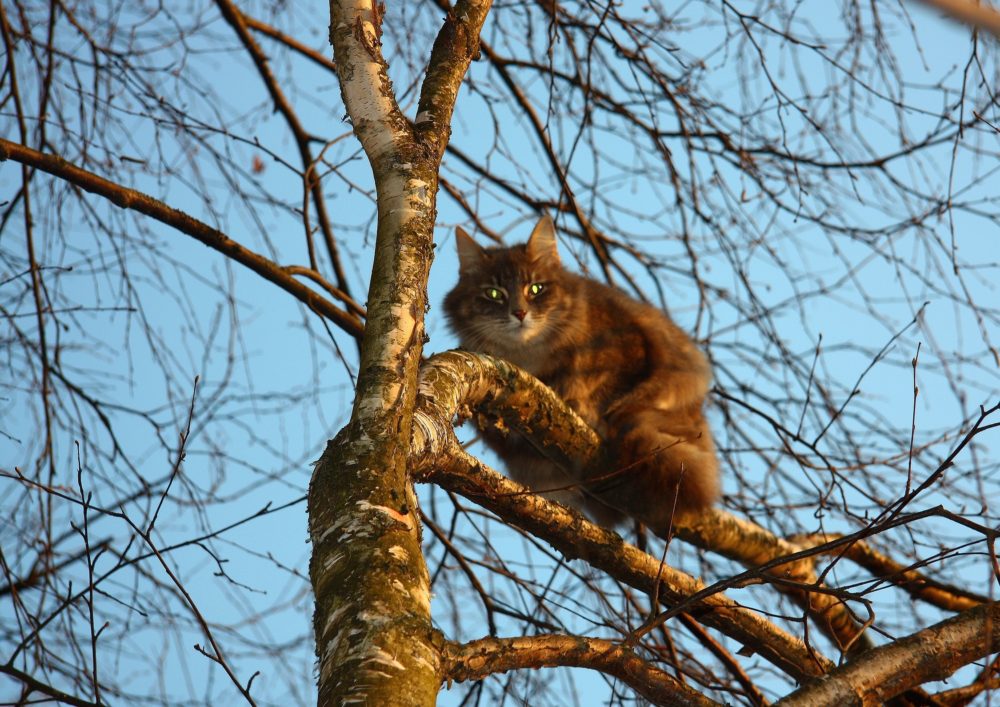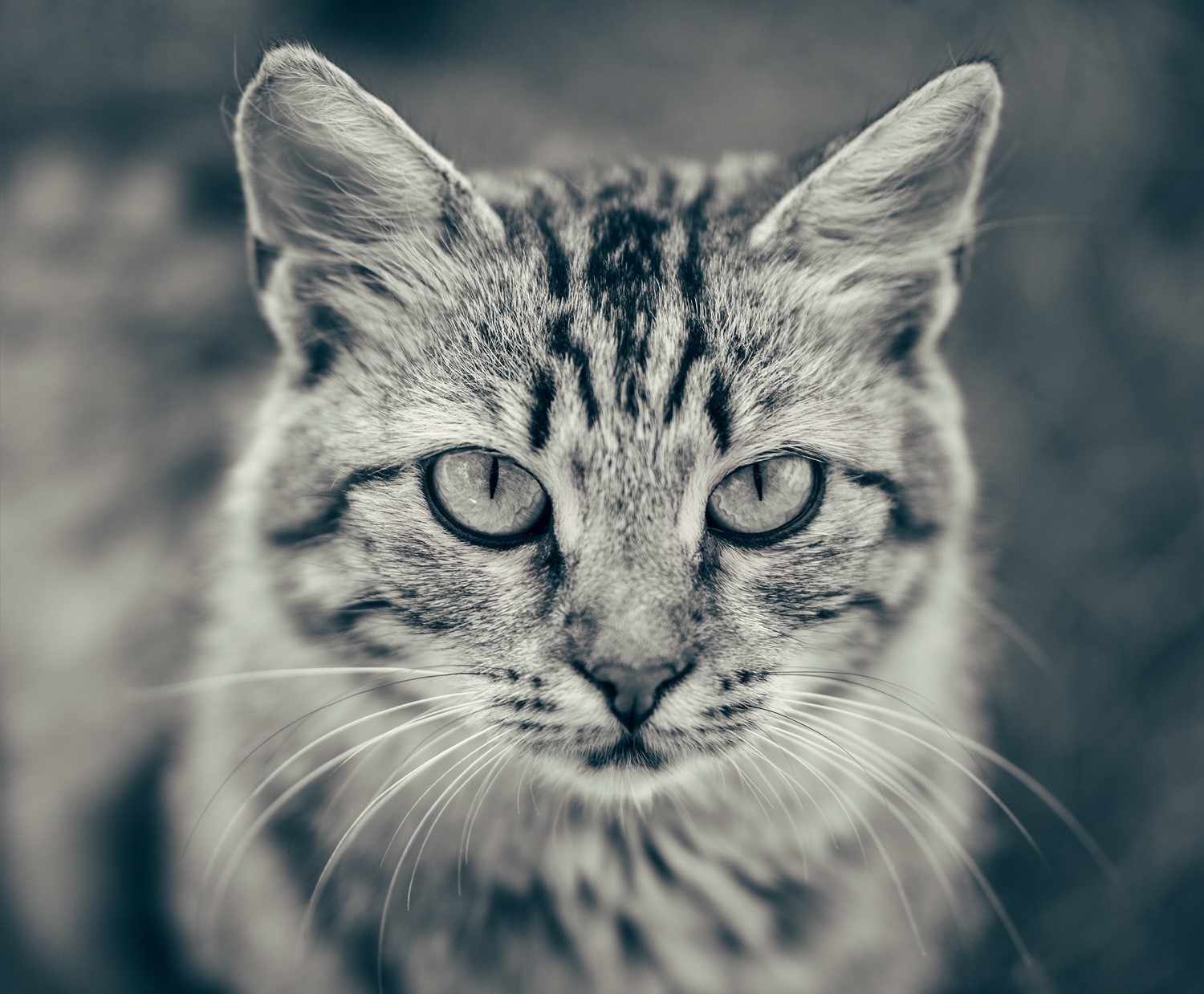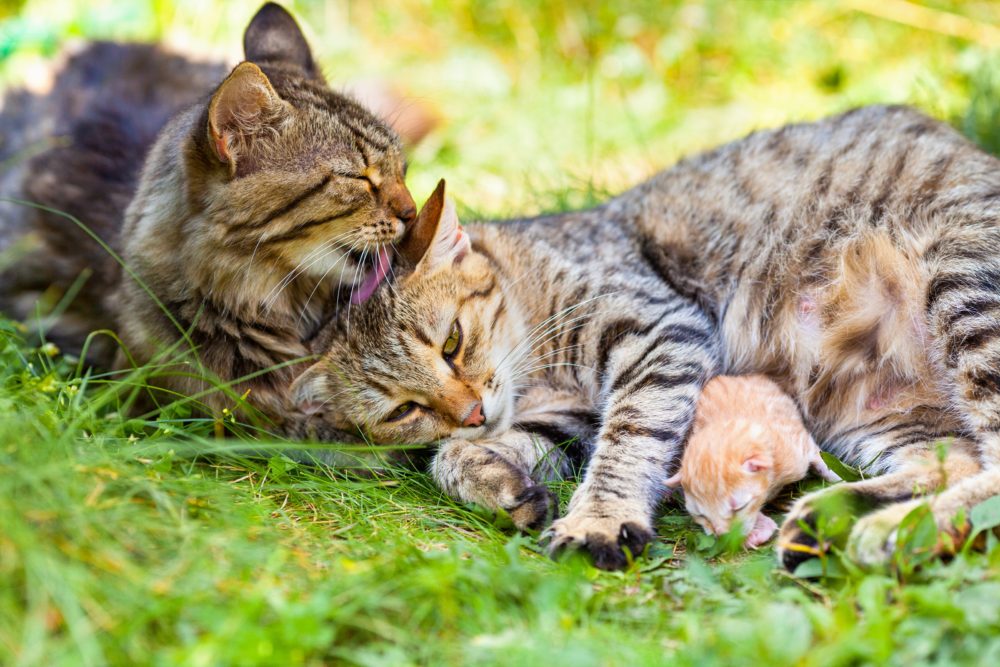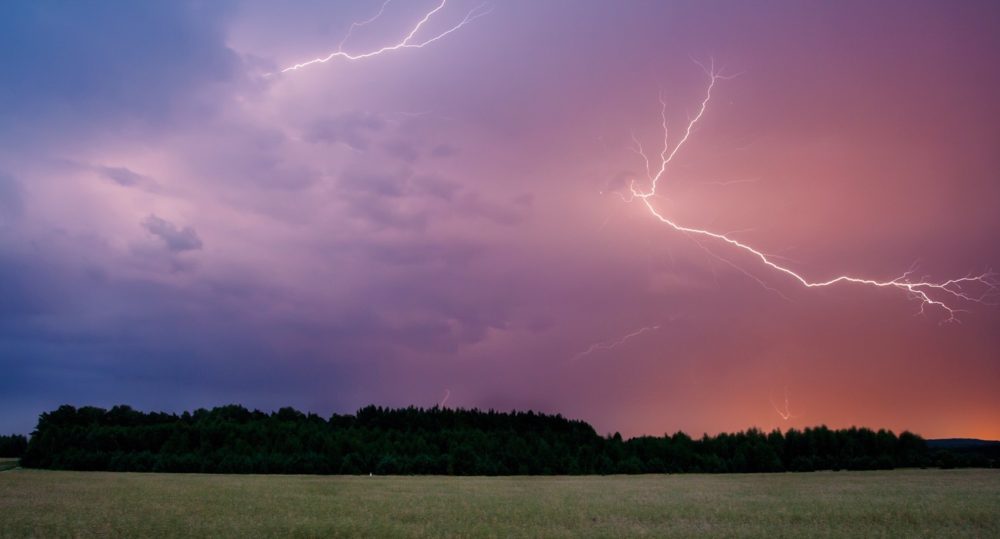
Can cats sense a storm? And how to keep cats calm if they are anxious
If only cats could talk! Sometimes their behaviour seems strange and out of character for no apparent reason. And then in hindsight we ponder, was it because of this or that? And that is precisely how we’ve noticed our cats before a storm. Before the skies darken, before the wind starts howling, the cats are curled up safe and sound. Misty has often come home early from her outdoor adventures or has seemed particularly keen to return to the safety of the indoors. Coincidence, or can cats indeed sense that a storm is on its way?
Can cats sense a storm?
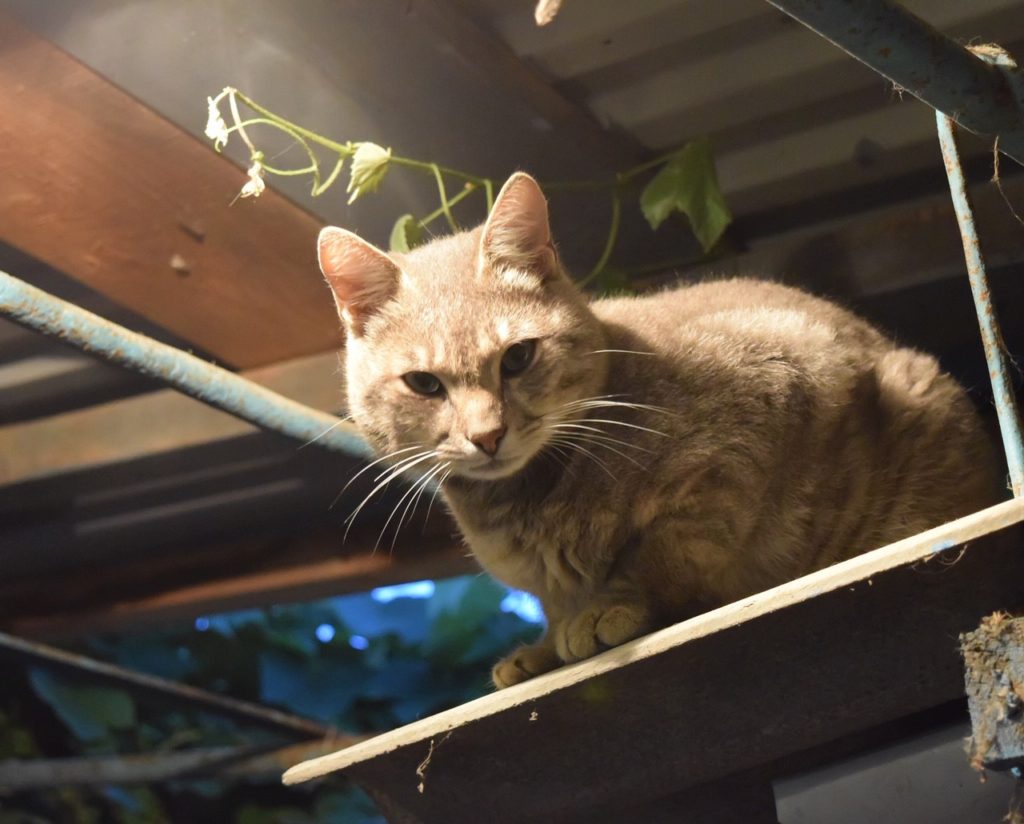 Cats behaviour in changing weather conditions has been observed, and noted, for many years. In ancient times, cats travelled on ships and it became such a tradition that many sailors would refuse to sail without a cat on board. They truly believed that cats could predict the weather and sense impending storms. Whereas ancient sailors believed cats stored magical supernatural powers, some scientific research (although not conclusive) believe that cats may actually sense changes in air pressure before a looming storm.
Cats behaviour in changing weather conditions has been observed, and noted, for many years. In ancient times, cats travelled on ships and it became such a tradition that many sailors would refuse to sail without a cat on board. They truly believed that cats could predict the weather and sense impending storms. Whereas ancient sailors believed cats stored magical supernatural powers, some scientific research (although not conclusive) believe that cats may actually sense changes in air pressure before a looming storm.
The most probable reason for cats sensing a storm is due to their incredibly finely tuned senses. Cats senses are so finely tuned that they can become aware of changes in atmospheric pressure. Air pressure changes before a storm. When warm and cold air systems meet, the warm air is pushed up and the cooler air is forced downwards. Small changes in pressure occur all the time but larger changes will be certainly noticeable to your cat.
A cat’s ears are particularly sensitive to changes in barometric pressure. Cat can hear sounds up to 64,000 hertz compared to humans, who can hear sounds up to 20,000 hertz. Your cat may well hear thunder rumblings in the distance well before you do.
Smells and tastes of the atmosphere also changes before a storm. Your cat may be possible smelling the ozone molecules produced by distant lightning, none of which is likely to be picked up by human senses.
Sensing the impending changes, a cat’s natural survival instincts kicks in. For example, a cat may flee to a safe hiding place, return home to a safe area or a mother cat may move her kittens to a safer location.
The history of cats predicting storms
 Today’s weather forecasts are pretty accurate most of the time, basing their predications and outlooks on complex computerized weather programmes. But before the age of computers, people often turned to nature, and in particular to animals, for clues as to how and when the weather would be changing. In 1883, an army lieutenant, H.H.C. Dunwoody, wrote a book about weather predictions, ‘Weather Proverbs’, based on signs from the animal kingdom, and in particular, from cats.
Today’s weather forecasts are pretty accurate most of the time, basing their predications and outlooks on complex computerized weather programmes. But before the age of computers, people often turned to nature, and in particular to animals, for clues as to how and when the weather would be changing. In 1883, an army lieutenant, H.H.C. Dunwoody, wrote a book about weather predictions, ‘Weather Proverbs’, based on signs from the animal kingdom, and in particular, from cats.
Some of the traditional beliefs about cats and the weather include:
- If a cat sneezes, rain is on the way
- A cat sleeping with all four paws tucked under means cold weather
- Foul weather on the way if cats are snoring
- If a cat yawns and stretches out it means fair weather
- If a cat washer over both ears, there will be rain
- In winter, if a cat washes her face with her back to the fire, the winter thaw is imminent
- The direction to which a cat turns and washer her face after rain denotes the wind direction
- If a normally lovable cat starts hissing or biting it could mean a bad storm is on its way
- A suddenly frisky cat can mean thunderstorms
- If a cat grooms her coat against the grain, bad weather is on the way.
Although, there is no firm scientific proof that cats can predict the weather, it certainly doesn’t mean that they can’t sense weather changes. Cats, like most species in the animal kingdom, rely on gut instincts, very often for survival. Some believe that cats, indeed most animals, can hear thunder, smell rain and sense impending storms and weather pressures. Often when natural weather disasters strike, wildlife casualties are often minimal compared to human fatalities. Before hurricanes, animals often hide or move inland to safer areas, people have noted strange behaviour in the animal kingdom before earthquakes and tsunamis. It may be would be wise to pay attention a little closer to our cats and pets behaviour, we may learn a thing or two regarding weather predictions.
What if my cat is anxious before a storm?
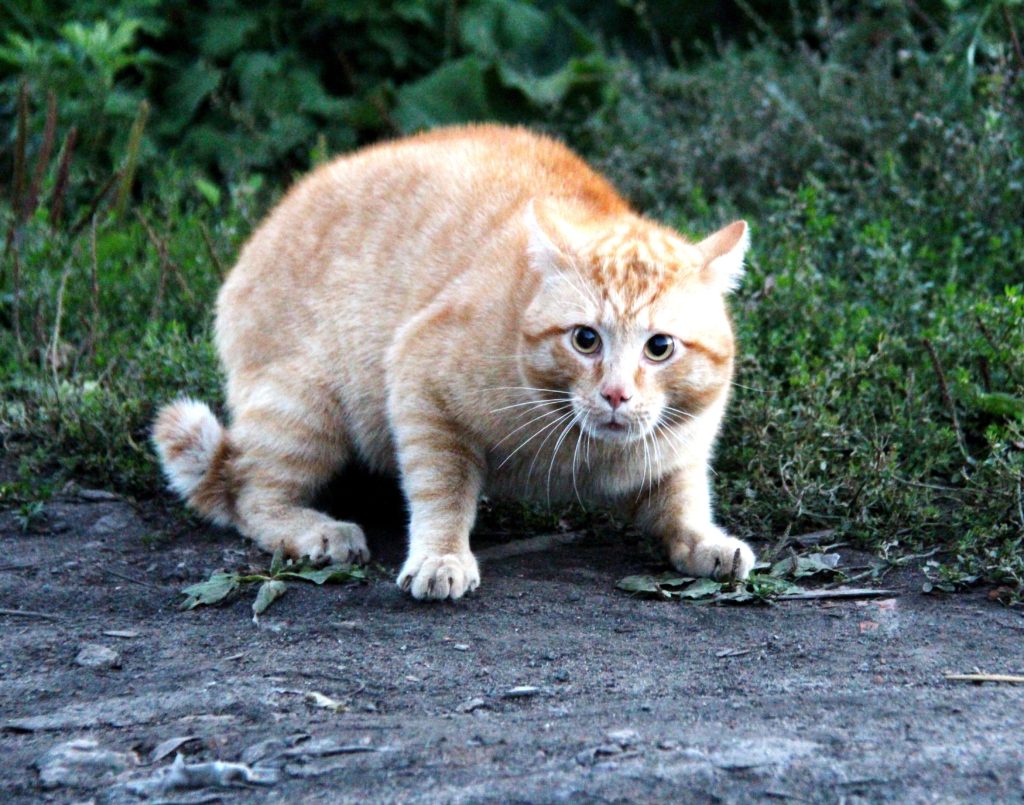 Given that your cats finely tuned senses is very likely to pick up on an impending storm, it is understandable that they may become a little agitated or anxious at this time. It is their gut instinct of survival urging them to seek safety and just like humans, some cope with this better than others. But as pet owners we can help them through this anxious feeling.
Given that your cats finely tuned senses is very likely to pick up on an impending storm, it is understandable that they may become a little agitated or anxious at this time. It is their gut instinct of survival urging them to seek safety and just like humans, some cope with this better than others. But as pet owners we can help them through this anxious feeling.
The key is to remain calm, if owners are worried and scared when a storm strikes then your cat will most certainly pick up on this vibration. By being calm, your cat will feel calmer and safer too and will learn not to associate storms with fear and anxiety.
There are several things you can do to keep your cat calm and feeling safe before and during a storm:
- Ensure your cat has enough hiding places. Cats feel safe when they can hide and also when they are high up too. If your cat seems calm whilst hiding then let them be, do not disturb them.
- Show that you are calm too – read, watch the tv, listen to music, whatever you do to relax. Your cat will pick up on your calmness.
- If your cat gets particularly distressed during a storm, then seek advice from your veterinary. They may prescribe medication to calm your cat.
- Turning on the tv, putting some music on can help to diffuse the noise of the storm.
- It may be that your cat will feel safer close to you. Use this time for some mutually beneficial cuddles and stroking, although excessive attention may reinforce the notion that storms are indeed frightening.
- If your cat is feeling particularly energetic, distract with some games. Check out our articles ’18 Games to play with your cat’ for some ideas.
- Alternative and natural therapies can be very successful in keeping your cat calm and relieving anxiety. Rescue Remedy works well on pets – and people. Bach Rescue remedy is a flower-based tincture originally discovered and created by Dr Edward Bach in the 1930’s. Rescue Remedy is just one of the many flower remedies discovered by Dr Bach to help people and animals feel better emotionally. Flower remedies are a form of alternative medicine based on the principles of homeopathy. We have a whole article dedicated to Rescue Remedy and the other Bach Flower Remedies.
- Using a pheromone diffuser can help to calm your cat. Pheromones are chemicals that the body releases when a cat is happy or sad to communicate with other cats and the outside world. For example, when cats rub against their owners, or furniture, they are leaving a small portion of this pheromone behind. This can be detected by other animals and used to mark territory. Some diffusers contain calming pheromones. This diffuser is simply plugged into your home to release the spray to enhance calmness.
Other articles you may find of interest:
Do cats like rain? Where do cats go when it’s raining?
Natural and alternative healing for cats – an introductory guide
Bach Rescue Remedy for Cats – and other useful Flower remedies for cats
